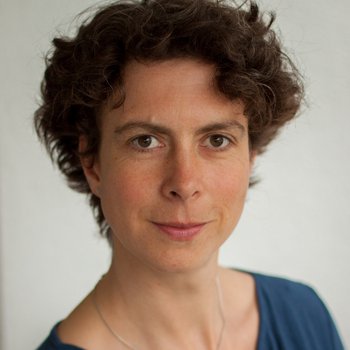Session 16: PHPP and other tools
Wednesday, 15 September 2021
PHPP is the central passive house planning tool. Together with other tools, it enables for cost-effective and energy-efficient construction to be reliably planned. Advanced coordination, quality assurance and intensive monitoring of the realized projects ensure that the buildings function as 'planned'. The speakers will present the PHPP and other valuable 'digital tools' and show by example how they are used.
| Time (CEST) | Topic | Speaker | |
|---|---|---|---|
| 4:00 pm | Welcome |  Michael Ingui |
|
|
4:05 pm |
Multi-pane windows in the PHPP The new window classification system in PHPP 10 makes it much simpler and clearer to enter data for multi-pane windows. In turn, it is easier to optimise various window layouts. An example shows that it is possible to influence the heating demand by 2 kWh/(m²a).
|
 Esther Gollwitzer | Passivhaus Institut
|
|
|
4:20 pm |
Many practical examples of highly-efficient, affordable solutions already exist. However, much of this knowledge remains in the hands of the designers. Often, there is no time to pass on this knowledge. The LfU publication "Optimisation approaches for affordable and energy-efficient construction" is a repository of this knowledge, making it available for others to enable all future buildings to be highly efficient.
|
 Tobias Unger | Bayrisches Landesamt für Umwelt |
|
|
4:35 pm |
Energy consulting can be well managed with the PHPP since complex buildings can also be evaluated. Optimisation is achieved quickly and clearly. The PHPP offers clear, reliable and comparable parameters. Passive House certification is subsidised by BAFA and KfW = quality assurance that helps to prevent lock-in effects.
|
 Susanne Theumer | Passivhaus Institut |
|
| 4:50 pm | Question and Answer | ||
|
5:10 pm |
Affordable housing: Mitigating costs by enhanced PH coordination Passive House provides healthier indoor environments at lower operational costs, but the challenge lies in justifying the higher upfront project cost. A 50-unit social housing project built in Ontario Canada, demonstrates how the escalated costs typically associated with these projects might be mitigated. |
 Deborah Byrne | Kearns Mancini Architects  Kelly Fisher | Kearns Mancini Architects
|
|
| 5:25 pm |
Post-occupancy monitoring: What to observe, how to select equipment Post-occupancy monitoring gives important evidence of in-situ performance of Passive House buildings. Data acquisition must fit the characteristics of a project, temporal and spatial resolution chosen to a defined purpose. Measuring uncertainty shall be kept to an acceptable level. |
 Wolfgang Hasper | Passivhaus Institut |
|
|
5:40 pm |
Passivhaus student accommodation: lessons learnt in the UK Monitoring of two Passivhaus graduate accommodation buildings shows some interesting features. Heating load is consistent with Passivhaus targets, and peak energy load for the two buildings is modest. Domestic hot water usage profile is more evenly spread than often assumed in MEP design. |
 Gwilym Still | Max Fordham LLP |
|
| 5:55 pm | Question and Answer | ||
|
|
Go to Session 15
|



